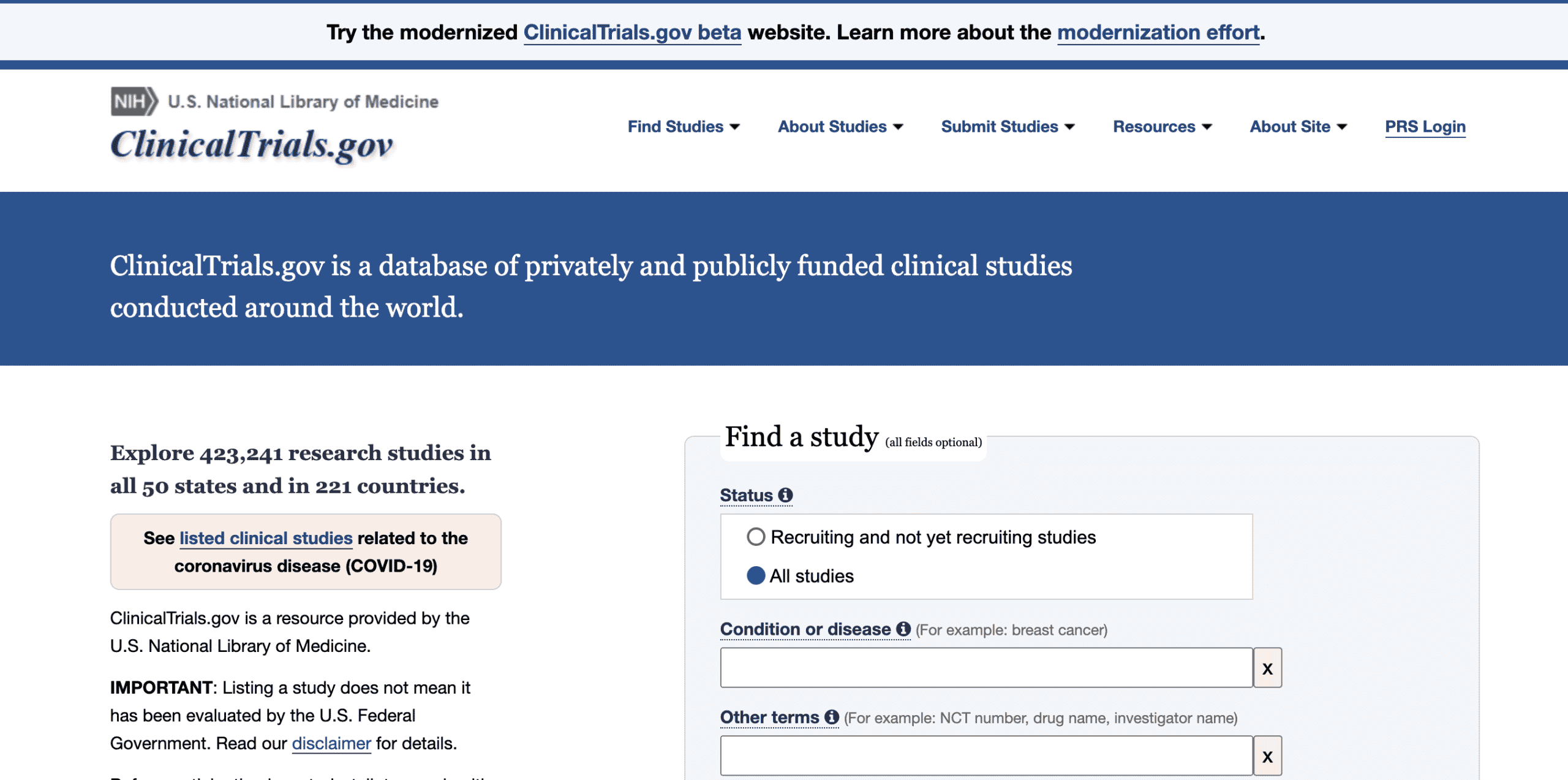So you read our previous post or checked out our podcast on biomarkers? Great!
If not no problem, you can catch up, please click here or here.
Hopefully our blog provided a worthwhile introduction into these tools which have proven invaluable in both clinical practice and R&D.
Now that you know the basics on biomarkers and what benefits they offer, how would you go about applying this new-found knowledge to your product or R&D program?
Answer: it’s time to develop a biomarker strategy. That’s actually the easy part. Before that happens, you must perform a landscape analysis designed to inform the strategy. The downside is that a biomarker landscape analysis can be quite cumbersome as they require hundreds of hours of work, the right clinical expertise, and technical skill.
Don’t fret. With the right guidance and expertise, an effective biomarker landscape analysis can be developed in-house. If there is absolutely no time or resources, the right capabilities are well within the wheelhouse of an experienced life science consulting firm who can take on the heavy lifting.
In any case, we’ve outlined below the critical elements of an effective biomarker landscape analysis which will give you everything you need to develop your strategy.
#1 Confirm Objectives

As with any evaluation, a successful biomarker landscape analysis leaves very few if any questions unanswered in the end. It is imperative to have a strong kick-off with involvement of key internal stakeholders to confirm objectives.
For example, the purpose of including biomarkers, is it for patient selection, therapy evaluation, or predicting disease prognosis? Will it be used as a companion diagnostic to be used with the therapy? Are there particular clinical manifestations or standard measures that you are looking to replicate with physiological evidence? What biomarkers are already being considered?
This step is critical for planning the analysis and ultimate strategy development. Getting the right voices and their interests at this stage is key,
#2 ClinicalTrials.gov Time!

Now that the objectives are confirmed and the key questions outlined, it is time to perform a look into a clinical trials database such as ClinicalTrials.gov. The beauty of this database is that information is relatively standard and therefore easy to categorize and analyze. This allows for the ability to get a view into the trials (past and present) that are using biomarkers and how they are being used. You can also see characteristics of the trials such as size, patient population, geography, numbers of sites, and endpoints.
After applying search terms (confirmed with the same internal stakeholders with whom you confirmed your objectives) it is time to categorize the information into a database. Excel will allow you to neatly store all the relevant information you need.
Overall, this step helps to identify trends in biomarker use in clinical trials and to get a feel for the overall biomarker landscape within a particular indication.
Before moving into the next step however, this very large list of biomarkers (and yes, it will be huge) the biomarkers must be narrowed down to a manageable group.
#3 Next Stop the Literature

Review of the published literature will provide insight into the specific biomarkers identified for the deep dive, the trials, and most importantly, their results. Even when using the most well-researched MESH terms, the number of articles will be quite large. Work to limit the final number of articles to around 500-1000 depending upon their relevancy and available resources.
Case in point, Snowfish completed a project where the search terms yielded 15,000 articles. Applying select criteria, Snowfish narrowed the results down to just under 500.
#4 Data Input and Analysis

As with the clinical trial review, the information from the individual articles is extracted and organized in a database. From here, there is a wealth of data to build the custom biomarker landscape focusing on specific biomarkers for specific indications and purposes.
Voila! You have just completed your first biomarker landscape analysis.
Conclusion
We wish it were as easy as writing the post above but a custom biomarker landscape analysis if done well, can be labor-intensive.The analysis is well worth it because it will provide not only concrete support for your biomarker strategy, but there will be an enduring record of the thought that went into the strategy that anyone can go back to at any time.
Biomarkers are ubiquitous in certain areas such as oncology but their exploration and ultimate use is exploding into a plethora of disease states and therapeutic areas. For these less charted territories, it may seem like the “wild West”. However, a well-designed landscape analysis will surely tame the field and set your product, clinical development program or company on the right path.Snowfish solely supports the life science industry.
We have completed 100s of projects in 60+ disease states for 40+ pharmaceutical, biotech, device, and diagnostics clients. If you are interested in the innovative insights we generate or want to learn more about our biomarker landscape analysis capabilities please send us an inquiry at info@snowfish.net
- Market Access: The Latest Hurdle for Treating Alzheimer’s and Dementia - June 14, 2023
- Rare Disease Outreach a Missed Opportunity - November 7, 2022
- So You Read Our Previous Post on Biomarkers? - August 1, 2022




